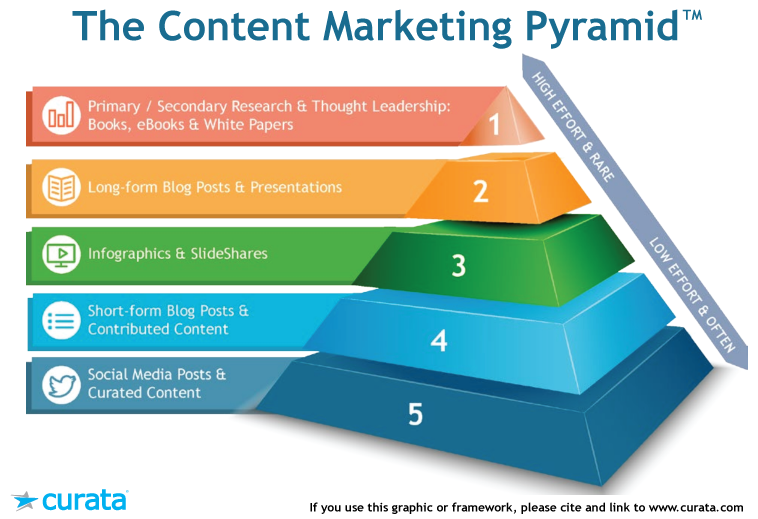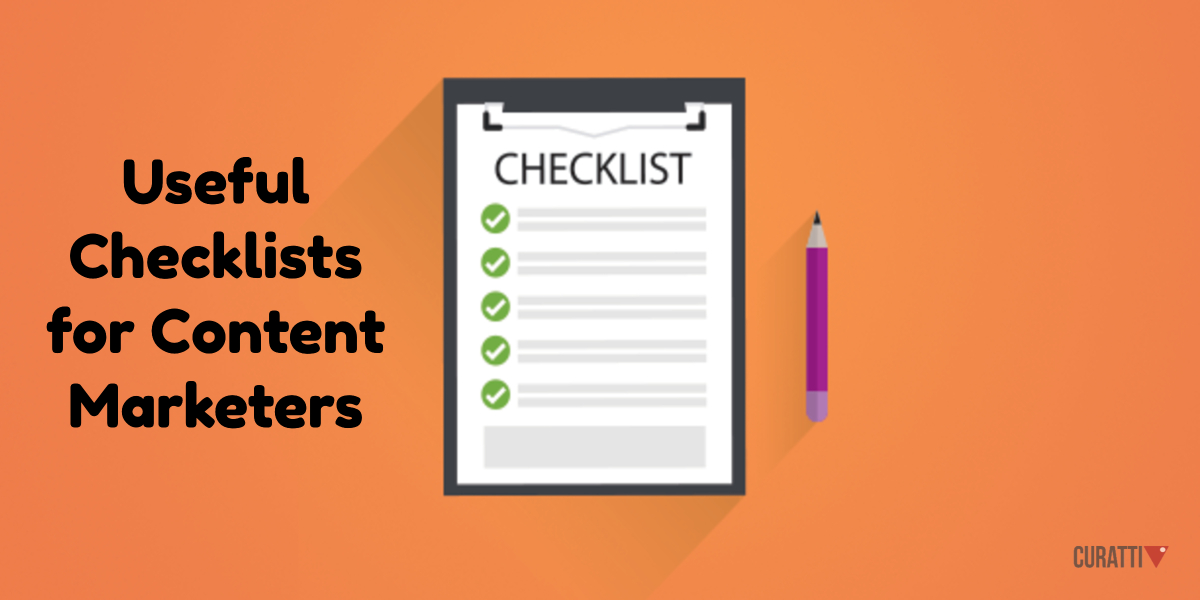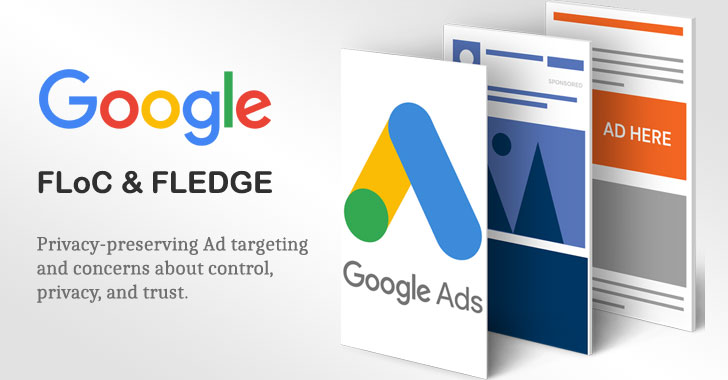
Contextual advertising has many benefits. It is more effective because it targets users who are open to receiving contextual advertising. You can see that a user browsing content on a specific topic is more interested in purchasing the product. This allows you to target these users with relevant ads that are relevant to their immediate intent. This is a major advantage in advertising. Here are three benefits of contextual advertising that you can leverage to make your advertising more effective.
Contextual ads have the obvious advantage of creating a seamless user experience. Not only are they more effective in driving engagement, but they also make users more likely to remember them than non-contextual ads. Visual media combined with contextual targeting strategy results in a 3.5x increase in view quality. This is due to contextual algorithms which favor long-form content, high-quality and profitable publishers. So, contextual ads are a compelling incentive for advertisers to invest in these types of websites.

Furthermore, contextual advertising enables marketers to serve relevant ads based on user behavior and interests. It is also cheaper and simpler to implement for startups and small businesses. You can display advertising related to any industry, as long it is contextually based on user behavior. How can contextual advertising be more effective? These are just a few of the many benefits. Advertising is more targeted and relevant than ever.
Contextual advertising is where a brand promotes a product. If a consumer searches for a product related to skincare, they'll see the ad next to the article about makeup. Similarly, a car parts store could use keyword-based contextual targeting to promote their product. Facebook does not provide this feature and it cannot target certain keywords or topics. How can brands use contextual advertising to their advantage?
Another advantage of contextual advertising is that it respects privacy. Unlike traditional ads, contextual advertising does not require cookies or other tracking mechanisms to track users. In addition, it can help advertisers spend their budget more wisely by focusing on user behavior instead of cookies or third-party data. Publishers can also use it to better allocate their marketing budget. But contextual advertising may not always be as targeted or efficient as they would have liked. For this reason, it's best to make use of contextual advertising to improve the user experience.

Another benefit to contextual advertising is the personalization. Contextual advertisers can target users based not only on their interests but also their behavior. A user might see an advertisement for Diet Coke if they stop watching an on-demand video. The same goes for a user who is browsing a particular topic and sees a product ad while looking at a blog post about baking. This can help drive more sales.
Besides displaying ads around relevant content, contextual advertising works by using a demand-side platform. First, contextual advertisers create parameters for their ads. These parameters may be keywords or topics. Keywords are used to help them target the right audience. Most contextual ads contain between five to fifty keywords. These keywords enable the advertisers to get more precise results. These parameters are important for automotive publishers.
FAQ
Why is content so crucial?
Every digital marketing campaign is dependent on content. If you want to attract new customers, then you need to create valuable content for them. Blogging is the best method to do this. Blogging helps you build authority in your niche, which makes you more trustworthy. You can build trustworthiness, which increases your search engine rankings. Organic searches are more popular than search engine rankings.
Is content marketing simple to measure?
Yes! Yes! It allows you to assess whether your efforts have been successful and if there are any changes you should make.
It's possible to track how many visitors came through different sources--including email, social, and paid ads, as well as track conversions such sales leads and purchase orders.
These metrics tell you which parts of your content are performing well and where you have the greatest potential.
What is Content Marketing without an Agency?
No! There are plenty of tools available online that make it easy to create high-quality content. A premium price is also a common charge for agencies.
How do I measure success with content marketing?
There are many ways to measure the success of your content marketing efforts. You could track the number and quality of visits to your website. Or, you could see how many leads were generated.
What is Content Marketing?
This is a strategy that creates valuable, relevant content for your website or blog. This content includes videos, images, text, infographics, etc., and it helps you attract new customers and keep existing ones engaged.
How can content marketing strategy help me?
A Content Marketing Strategy gives you access to data you wouldn't otherwise have. This data allows for you to evaluate which types of content are performing better than others.
It allows you to identify the most effective strategies to drive more visitors to your site. It also provides insights into the behavior of your audience so you can create even better content.
This means you can spend less time worrying about what kind of content works and more time focusing on what doesn't.
You can also use a Content Marketing Strategy to determine which messages are most popular with your audience.
Analyzing these messages will help you determine what content your customers prefer. So that you can continue creating similar content and keeping those ideas in motion.
A Content Marketing Strategy allows you to track the performance and effectiveness of your content. You will see which content types are performing better as you share more.
A Content Marketing Strategy can be summarized as the key to ensuring that your content performs well.
Statistics
- According to research compiled by Coschedule: Companies that publish 16+ blog posts a month get as much as 3.5x as much traffic as those that publish 0-4 posts a month. (criteo.com)
- This marketing strategy landed Ford a 15.4% conversion rate. (neilpatel.com)
- In fact, would pay more for a better customer experience, and 86% of B2B buyers would pay more. (neilpatel.com)
- Seventy-two percent business to business (B2B) (mailchimp.com)
- According to our research, 65% of companies with very successful content marketing in 2021 ran content audits at least twice a year. (semrush.com)
- An example of an overarching goal could be: "In 2022, we want to achieve a 20% increase in revenue created by organic content and generate 15,000 MQLs with a budget of $30,000." (semrush.com)
- According to our research, brand awareness, attracting traffic, and generating leads remain the key content marketing goals in 2022. (semrush.com)
- Measure your goals with a progress indicator of 0-100%. Make your goals collaborative and transparent (semrush.com)
External Links
How To
How to create stunning images
To make your content stand out from others, you should use images. Images are one the best ways to visually communicate ideas. They are great at grabbing attention and increasing engagement. They can be used to communicate complex concepts easily and effectively. ).
Images can help to make a piece or presentation more interactive and lively if used correctly. It is possible to get less striking results if your images are not chosen correctly. This article will offer some helpful tips for selecting the best images to use for your next project.
-
Know what makes an image good. There are several factors to take into consideration when choosing photos. You want images that are concise and clear. A cluttered photo isn't going to cut it - it won't grab attention as a clean, simple picture would. It's important to avoid taking photos of people who are not smiling or looking into the camera. This gives the impression that you aren't really interested in what you have to say. You want the image to not distract from what you are trying to convey. If it distracts from the main point, it may not be ideal.
-
Look for inspiration. Once you have a list of possible candidates, it is time to look through them and select those that interest you. The first thing you should do is take a look at their captions. These captions may be included in the photo or written separately by others. It doesn't matter what, you need to verify that the caption is engaging enough to read. Also, pay close attention to the context of the photo. Are you expecting to see someone having fun in this photo? It might be a dangerous place. You might not associate it with happiness. Whatever the reason for your liking the image, think about how it relates with the message you wish to convey.
-
Try different types images. You can highlight specific aspects of your text by using images. This is one of the greatest benefits of images. For example, if you're writing about a particular product, you may want to show an image of the item in action. If you offer an infographic, it may be a good idea to include a picture showing the data. Visual aids such as these can help readers connect with your information.
-
Choose the right file format. When choosing images, the first thing to do is to choose the right file format. Two file formats are available when you work on web pages. Both of these file formats are great, but each has advantages and disadvantages. JPEG files can be used for all media types, including websites and posts on social media. These files work well for photos because they store large amounts in a limited space. They do tend to lose quality and become pixelated over time. GIFs are much smaller than JPEGs so they are better suited for graphics and animation. They don't support transparency making them unsuitable to be used for photos.
-
Use other visuals. Additional visuals are a great idea if you have trouble thinking of images. This can help you make your post more effective by creating a distraction-free atmosphere for your readers. This will make it less likely that they leave your article page and go elsewhere. You can create infographics on your website to add more visuals. Infographics are very popular because they make it easy to share lots and lots of useful information. They are also great for adding visuals to your blog posts.